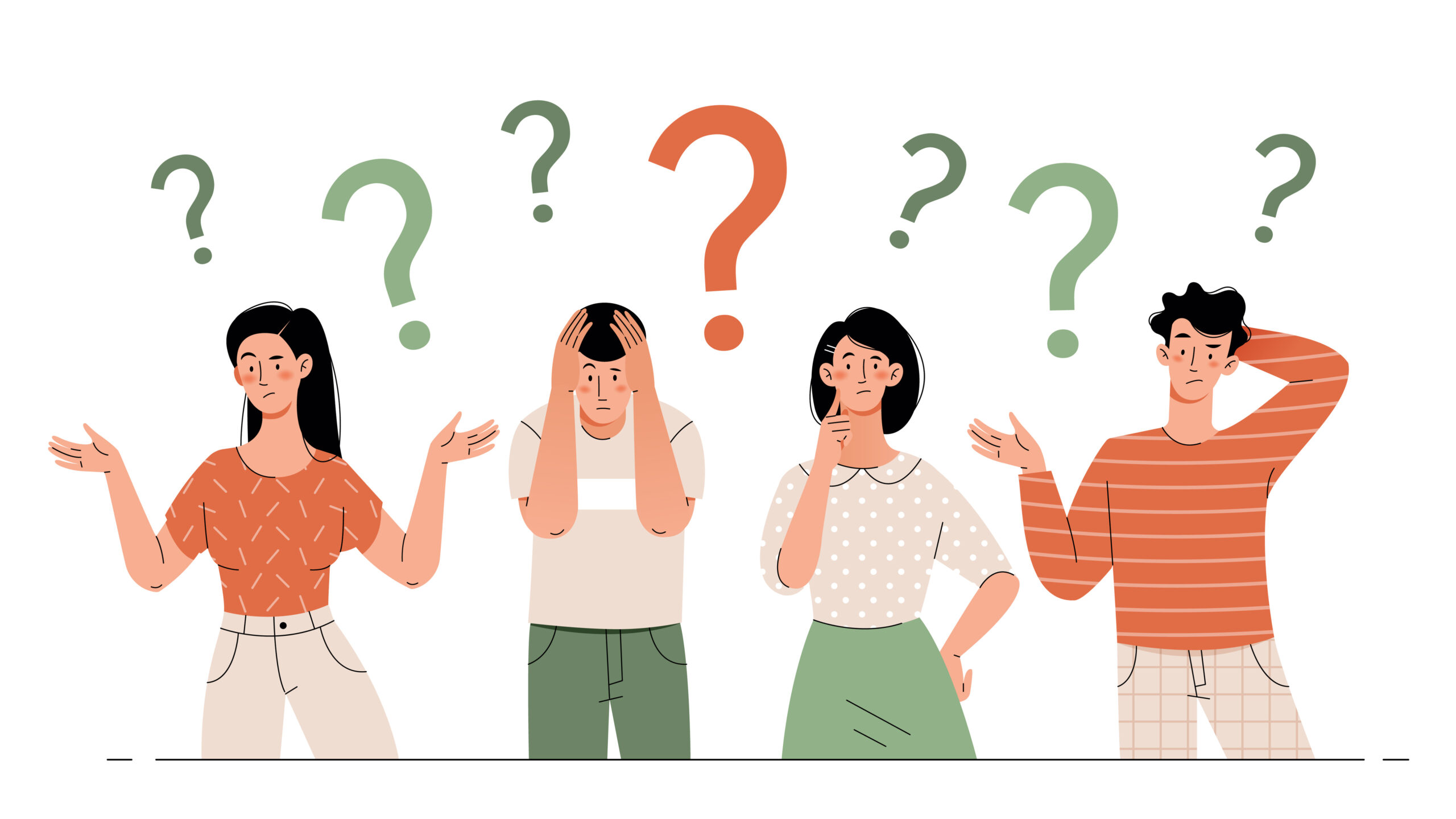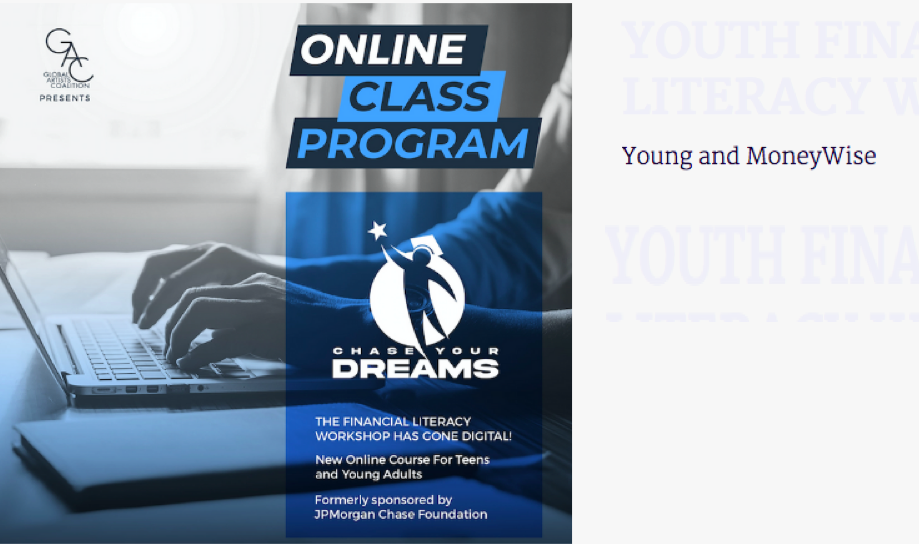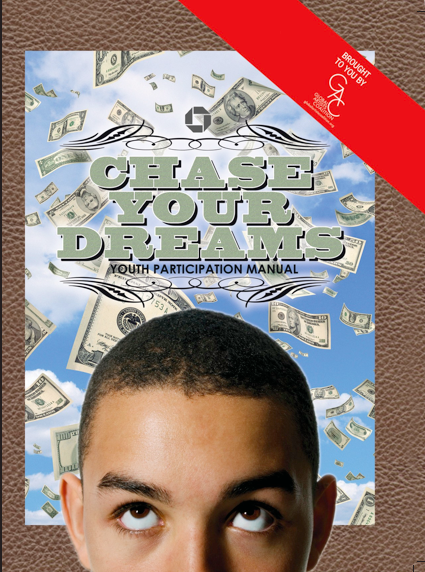Ten Famous Stories of Dream Fulfillment
Do you believe in your dreams? Can you think outside the box and dream up something that has never before existed? Can you withstand criticism? Do you have the passion and burning desire to achieve?
From what the name implies, The Chase Your Dreams Workshop formerly sponsored JPMorgan Chase Foundation has a mission beyond financial literacy. It is to connect young people to their dream careers and businesses and places them directly on the path toward dream fulfillment.
For starters, if you’ve ever drifted off to La La Land listening to a teacher’s lesson, take comfort in knowing that you are in the company of greatness. Dreams often inspire major achievement and it’s an open secret that many of the world’s famous artists, writers, scientists and inventors discovered their genius through dreams.
Here’s a list of 10 famous dreamers who’s fondness for dozing off led to priceless works of art and groundbreaking inventions that shape the modern world.
10) SALVADOR DALI, PAINTER
The famous Spanish surrealist painter Salvador Dali often described his masterpieces as “hand-painted dream photographs”. It’s not surprising that great artists like Salvador Dali were inspired by lucid dreams. His surreal paintings are literally out of this world and a reflection of the fantasies created by the subconscious mind.
Once Dali had read The Interpretation of Dreams by Sigmund Freud, he began to incorporate dream imagery into his works. Notably, his classic work, Sleep, explores the Freudian world of dreaming.
Freud used symbology in his methods of dream analysis referring to them as “the royal road to the subconscious”. Freud believed the reason for our dreams was to reveal our underlying wishes.
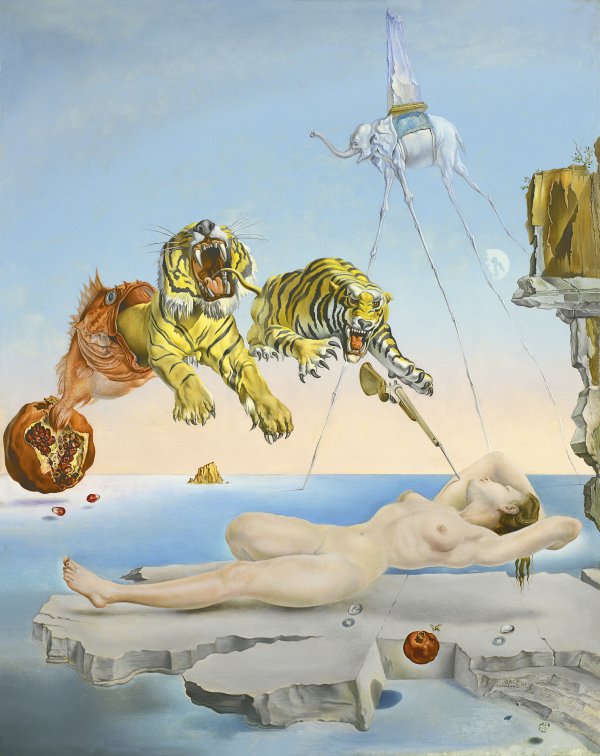
When a musician hears a song, they sometimes “see” the song notes in their head and hear them through their tonal qualities.
9) BEETHOVEN, COMPOSER
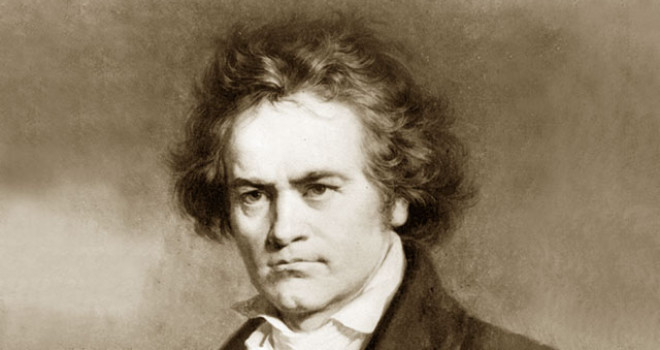
Beethoven’s deafness was a slow deterioration, rather than a sudden loss of hearing, so he could always imagine in his mind what his compositions would sound like.
All of us have the potential to transform our dreams and visions into physical reality and everyone participates in the creative process at some level. The chef’s creates a new tasty dish. The architect lays out the blue imprint for a new building design. The creative director draws the storyboard for the award-winning commercial. The graphic designer turns his or her computer generated design into a physical comp or prototype. All of these things were developed through mental imagery and perception.

Elite athletes turn to the power of mental imagery to give themselves the edge.
Top athletes devote most of their waking hours to training and their physical gifts are often at parity with other athletes. So the difference between winning, medaling or falling short often comes down to the mental game –with the most powerful tool being mental rehearsal.
8) MISSY FRANKLIN, OLYMPIC GOLD MEDALIST

U.S. Olympian Missy Franklin, who won four gold medals at the 2012 Olympic Games in London uses visualization as a way of reducing anxiety of the unknown.
“When I get there, I’ve already pictured what’s going to happen a million times so I don’t actually have to think about it.”
The four-time Olympic diver, Troy Dumais, also uses visualization as a way to mentally practicing his performance.
“If you can see yourself hitting a dive, the chances of you hitting a dive increase greatly.”

THE MIND’S EYE
The concept of “the mind’s eye” first appeared in English in Chaucer’s (c. 1387) Man of Law’s Tale in his Canterbury Tales, where he tells us that one of the three men dwelling in a castle was blind, and could only see with “the eyes of his mind”; namely, those eyes “with which all men see after they have become blind”.
As humans, we have the ability to see with the mind’s eye – that is to have a perceptual experience in the absence of visual input. It remains a mystery as to how mind’s eye experiences physically form and become real, but they do.
7) SRINIVASA RAMANUJAN, MATHEMATICIAN
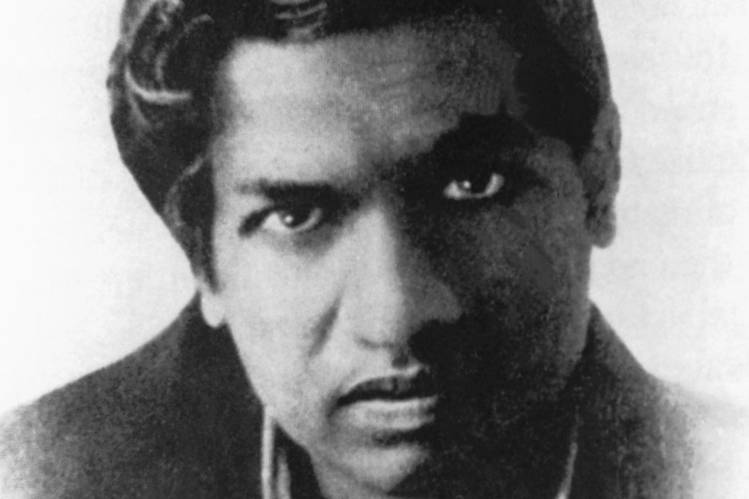
The mathematical genius, Srinivasa Ramanujan, made substantial contributions to analytical theory of numbers, elliptical functions, continued fractions, and infinite series, and proved more than 3,000 mathematical theorems in his lifetime. Ramanujan stated that the insight for his work came to him in his dreams on many occasions. Describing one of his many insightful math dreams, Ramanujan said:
“They stuck to my mind. As soon as I woke up, I committed them to writing.”
According to psychologist and cognitive scientist Steven Pinker, our experiences of the world are represented in our minds as mental images. These mental images can then be associated and compared with others, then used to synthesize completely new images.
Creativity is often defined as the ability to come up with new and useful ideas. Creative tasks ranging from what researchers call “little-c” creativity – making a website, crafting a birthday present or coming up with a funny joke – to “Big-C” creativity: writing a speech, composing a poem or designing a scientific experiment.
6) LARRY PAGE, GOOGLE CO-FOUNDER

During a 2009 University of Michigan commencement speech, Larry Page spoke of the dream he had as a 22 year-old grad student at Stanford that led to the founding of Google.
“When a really great dream shows up, grab it!” He advised.
According to psychologists from UC San Diego, sleep improves our ability to come up with creative solutions to problems by assisting the brain in flagging unrelated ideas and memories and forging connections among them. REM sleep works better than any other state of being at fostering creative thinking, they conclude.
How often have we woken up with clarity about a problem or having resolved an emotional issue? That’s why dreams are so important. If there is a particular problem we are grappling with, we can incubate the answer by posing the question to our subconscious before we go to sleep, asking for clarity, resolution and guidance.
5) STEVE JOBS, APPLE COMPUTER, DREAMWORKS
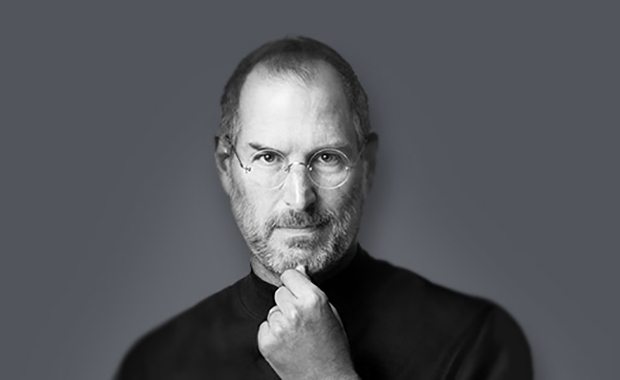
While Steve Jobs may have not have been a lucid dreamer, his confidence and his abilities to ignore criticism is legendary. Jobs was able to kickstart his vision and forge ahead often with only a belief in himself and his ideas.
Not all people have the same internal perceptual ability. For many, when their eyes are closed, the perception of darkness prevails. However, some people are able to perceive colorful, dynamic imagery, formulas and recreate them through direct recall. In some instances as bright and vivid as an actual scene.
4) NIKOLA TESLA, INVENTOR

Nikola Tesla quite literally turned his dreams into inventions. He had the ability, while being both physically and mentally awake, to run complex visualizations internally with all the realism and automaticity of a lucid dream world.
The radio and alternating current (AC power) are considered two of Tesla’s crowning achievements. While not the inventor of AC power he did make it widespread. Tesla made it possible for electricity to be sent over long distances and with great efficiency. Westinghouse bought Tesla’s AC patents and the modern power grid was born. Today, alternating current powers homes and buildings everywhere and is a pillar of the modern world.
3) ALBERT EINSTEIN, SCIENTIST
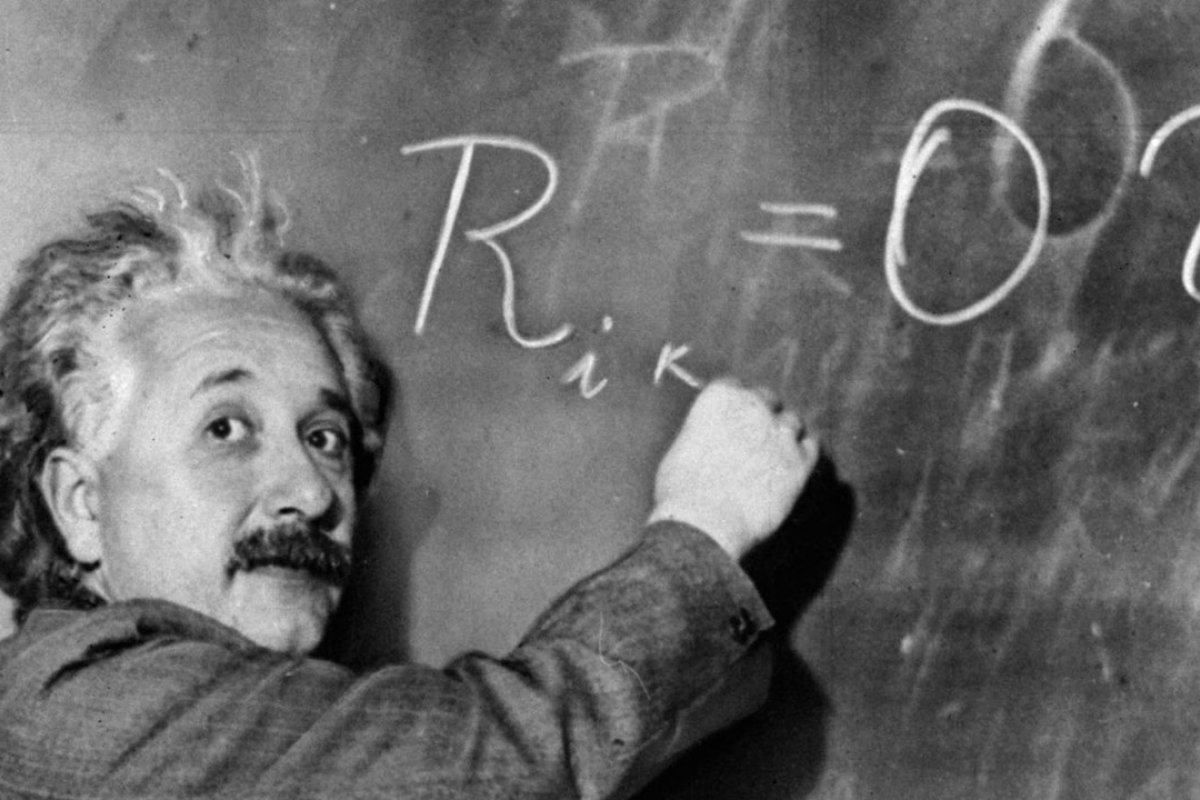
Possibly the most famous scientist of all time, Albert Einstein and his theory of relativity transformed our understanding of physics and the universe. His theory was apparently something he discovered in a dream.
“One of the basic of tenets of quantum physics is that we are not discovering reality but we are participating in it’s creation.”
From the book, The Holographic Universe
The experience of the transitional state from wakefulness to sleep, known as the hypnagogic state of consciousness, occurs during the onset of sleep and is a mental phenomena that includes hallucinations, lucid thought, lucid dreaming, and is interpreted as visions, prophecies,
2) EDGAR CAYCE, THE SLEEPING PROPHET
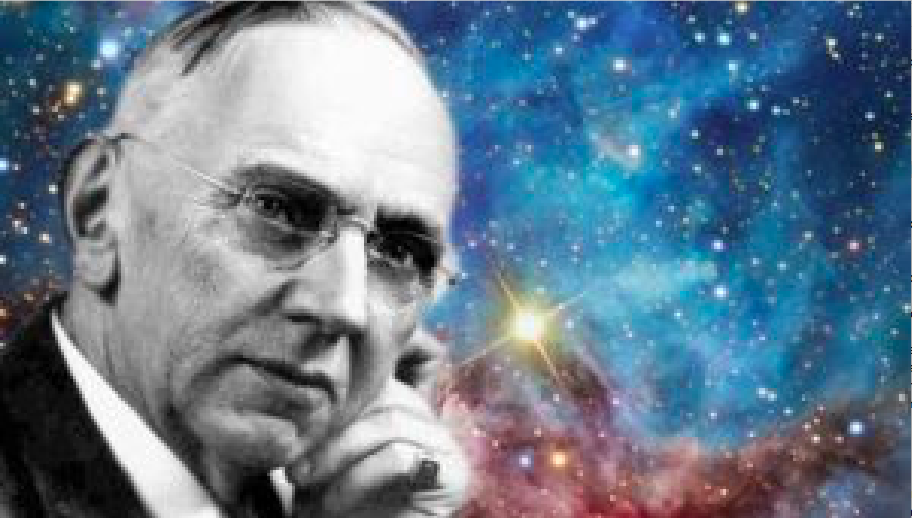
The famous clairvoyant was famous for his ability to tap into the past, dictating volumes on the history of the human race. Cayce was also able to provide remote diagnoses and healing to patients not physically in his presence. He did all this simply by entering a sleep-like state while lying on the couch in his house.
SEEING IS BELIEVING
The axiom “seeing is believing” is a powerful one because it implies that what you see is a condition of what your mind believes already exists. Scientific researchers state that our brains translate less than 50% of what our eyes take in – at times filling in blanks and creating picture that do not physically exist. The line between illusion and reality are truly blurred when it comes to human perception. When it comes to seeing is believing, we have to ask ourselves: Does it need to be physically seen for it become real?
WATCH: The Amazing Mental illusion of the Protruding Mask
THE POWER OF EXPECTATION
Do you believe in your dreams. Do you expect them to come true. Nothing is impossible for those who expect to succeed. From Session 4 of The Chase your dream workshop, we discuss the power of expectation and the science of belief.
WATCH: Session 4 of the Chase Your Dreams Workshop: The Power of Expectation
According to Carl Jung, studying dreams can be a very valuable tool for achieving insight and creating more “psychological balance” in our lives. Dreams exposes us to ideas and impulses that may be boiling below the surface of consciousness.
If your not sure if something is blocking your dream fulfillment you might want to try taking the sway test to uncover your subconscious motivation.
1) Barak Obama, The Dreams of My Father Memoir
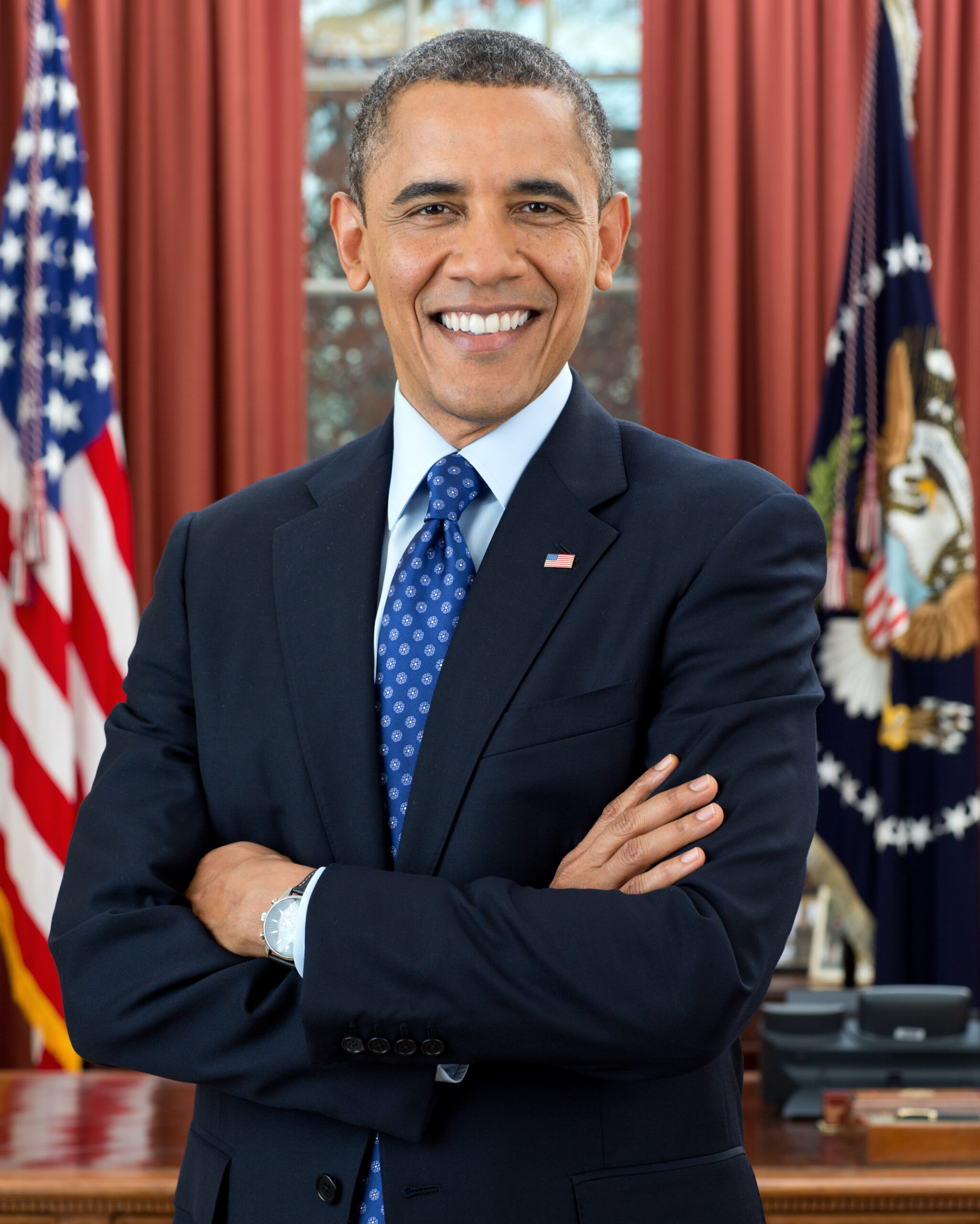
Though President Obama may not be a lucid dreamer, for many there is no bigger dream fulfillment than the first African-American president of the United States. Trust that your dreams can and will be the manifestation of your greatness. A little daydreaming never hurts.
Further Reading:
https://www.world-of-lucid-dreaming.com/10-dreams-that-changed-the-course-of-human-history.html
https://www.world-of-lucid-dreaming.com/9-reasons-why-everyone-should-lucid-dream.html
https://www.savvy-team.com/hww/how-a-dreamer-changed-the-world-steve-jobs-profile/
http://theconversation.com/new-study-reveals-why-some-people-are-more-creative-than-others-90065
https://www.bedguru.co.uk/goodnight-guru/9-inventions-inspired-by-dreams
https://finance.yahoo.com/news/productive-while-youre-sleeping-125100995.html
https://interestingengineering.com/top-10-nikola-tesla-inventions

